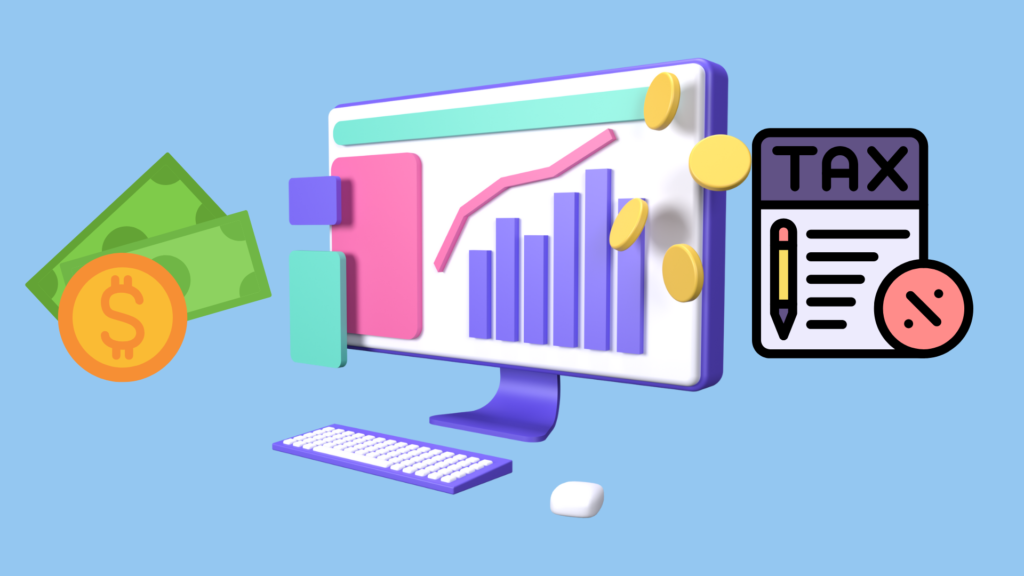Treasury stock (or treasury shares) refers to shares that a company has issued and subsequently repurchased from the open market or directly from shareholders.

What is a Treasury Stock?
Treasury stock (or treasury shares) refers to shares that a company has issued and subsequently repurchased from the open market or directly from shareholders. These shares are held in the company’s treasury and are not considered when calculating earnings per share or dividends. Here’s a deeper look at what treasury stock is and its implications:
Characteristics of Treasury Stock
- Not Considered Outstanding: Shares classified as treasury stock are not included in the count of outstanding shares used to calculate earnings per share (EPS) or dividends. This means they do not contribute to shareholder voting rights or dividends.
- Company’s Own Shares: The repurchased shares are owned by the company itself, not by outside shareholders. They are effectively “retired” from the market but can be reissued or sold again in the future.
- Recorded at Cost: Treasury stock is recorded on the balance sheet at the cost of repurchase, not at the original issuance price. This cost is subtracted from total shareholders’ equity.
Reasons for Repurchasing Shares
- Boosting Stock Price: Companies may buy back shares to reduce the number of shares outstanding, potentially increasing the stock price and boosting the earnings per share (EPS) metric.
- Utilize Excess Cash: Repurchasing shares can be a way to utilize excess cash when there are few investment opportunities or if management believes the stock is undervalued.
- Employee Compensation Plans: Companies often repurchase shares to fulfill stock option or employee stock purchase plans, providing shares to employees at a favorable price.
- Defensive Measures: Buybacks can be used as a defensive strategy to prevent hostile takeovers by reducing the number of shares available for acquisition.
Accounting Treatment
- Balance Sheet: Treasury stock is listed in the equity section of the balance sheet as a contra-equity account, which means it reduces total shareholders’ equity. It’s recorded at the cost of acquisition.
- Impact on Financial Ratios: The reduction in outstanding shares can affect various financial ratios, such as EPS and return on equity (ROE), often making the company appear more profitable on a per-share basis.
Reissuance and Retirement
- Reissuance: Treasury shares can be reissued or sold back into the market. This can be done to raise capital or meet other financial needs.
- Retirement: Alternatively, a company may choose to permanently retire the repurchased shares, reducing the total number of shares authorized.
Example
Assume a company repurchases 10,000 of its own shares at $20 per share. The treasury stock would be recorded as:
- Treasury Stock: $200,000 (10,000 shares × $20 per share)
If the company later decides to reissue these shares at $25 per share, it would recognize a gain of $5 per share, but this gain is typically not reported as income on the income statement. Instead, the accounting treatment will be reflected in the additional paid-in capital if the shares are reissued.
In Summary
Treasury stock represents shares that a company has repurchased and holds in its treasury. These shares are not considered in the calculation of outstanding shares and do not participate in dividends or voting. Companies may repurchase shares for various strategic reasons, and these actions can impact the company’s financial statements and stock price.
Leave a Reply